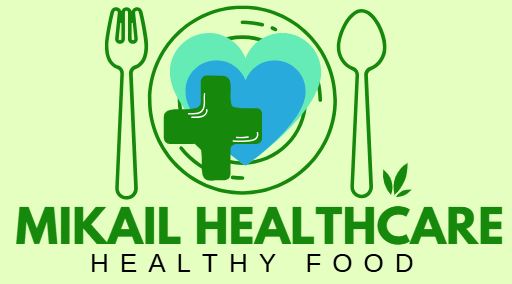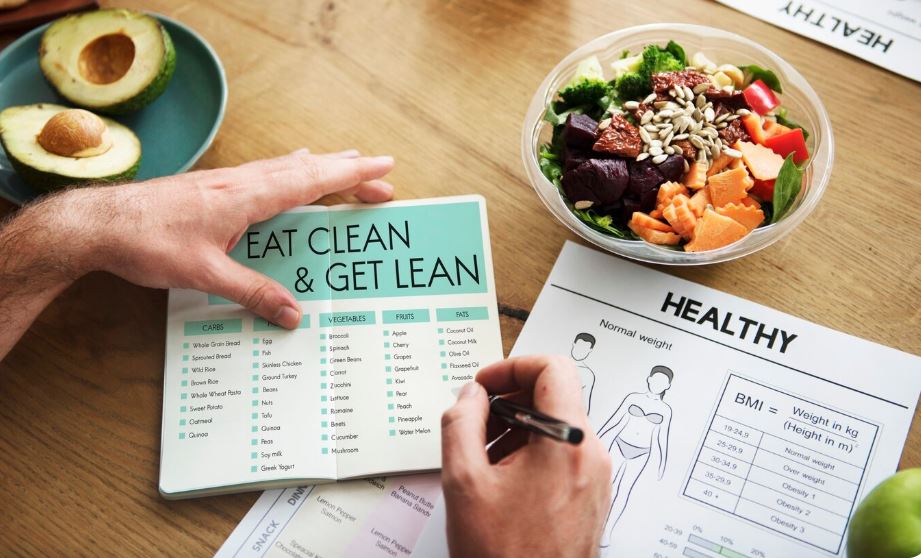Are you watching your salt intake? A low-sodium diet can help manage blood pressure, reduce bloating, and support heart health. In this guide, we’ll walk you through what it means to eat low-sodium, why it’s important, and how to get started easily.
What Is a Low-Sodium Diet?
A low-sodium diet limits the amount of sodium (salt) you consume daily. Sodium is essential for body functions, but too much can lead to high blood pressure, heart disease, and stroke.
- The recommended limit is about 2,300 mg per day.
- Many doctors suggest staying under 1,500 mg per day for better heart health.
Why Go Low-Sodium?
Reducing sodium can:
- Lower blood pressure
- Reduce risk of heart disease and stroke
- Help manage kidney disease
- Minimize water retention and bloating
This diet is especially important for people with hypertension, diabetes, or heart conditions.
Common High-Sodium Foods to Avoid
Some foods may surprise you with how much sodium they contain:
| Food Item | Sodium (approx.) |
|---|---|
| Canned soup (1 cup) | 800–1,000 mg |
| Processed lunch meats | 500–1,000 mg |
| Frozen meals | 700–1,800 mg |
| Fast food burgers | 1,000+ mg |
| Pickles (1 medium) | 600+ mg |
| Soy sauce (1 tbsp) | 900 mg |
Easy Ways to Cut Sodium
- Read Labels – Choose foods marked “low sodium” or “no salt added.”
- Cook at Home – Restaurant and processed foods are salt-heavy.
- Use Fresh Ingredients – Avoid canned or packaged items when possible.
- Flavor Naturally – Use herbs, lemon, garlic, and spices instead of salt.
- Rinse Canned Foods – Rinsing beans or vegetables can cut sodium by up to 40%.
Low-Sodium Snack Ideas
- Fresh fruits or veggies with hummus
- Unsalted popcorn
- Low-sodium nuts
- Homemade smoothies
- Whole-grain toast with avocado
Sample Low-Sodium Daily Meal Plan
| Meal | Example |
|---|---|
| Breakfast | Oatmeal with bananas and almonds |
| Lunch | Grilled chicken salad with olive oil |
| Snack | Apple slices with peanut butter |
| Dinner | Baked salmon, steamed broccoli, quinoa |
Conclusion
A low-sodium diet doesn’t have to be boring or difficult. With a few smart swaps and a focus on fresh foods, you can protect your heart and feel better daily. Whether you’re doing it for medical reasons or general wellness, eating less salt is a powerful step toward a healthier life.


1 Comment
Pingback: Best Morning Food Habits for Long-Lasting Energy – mikailhealthcare